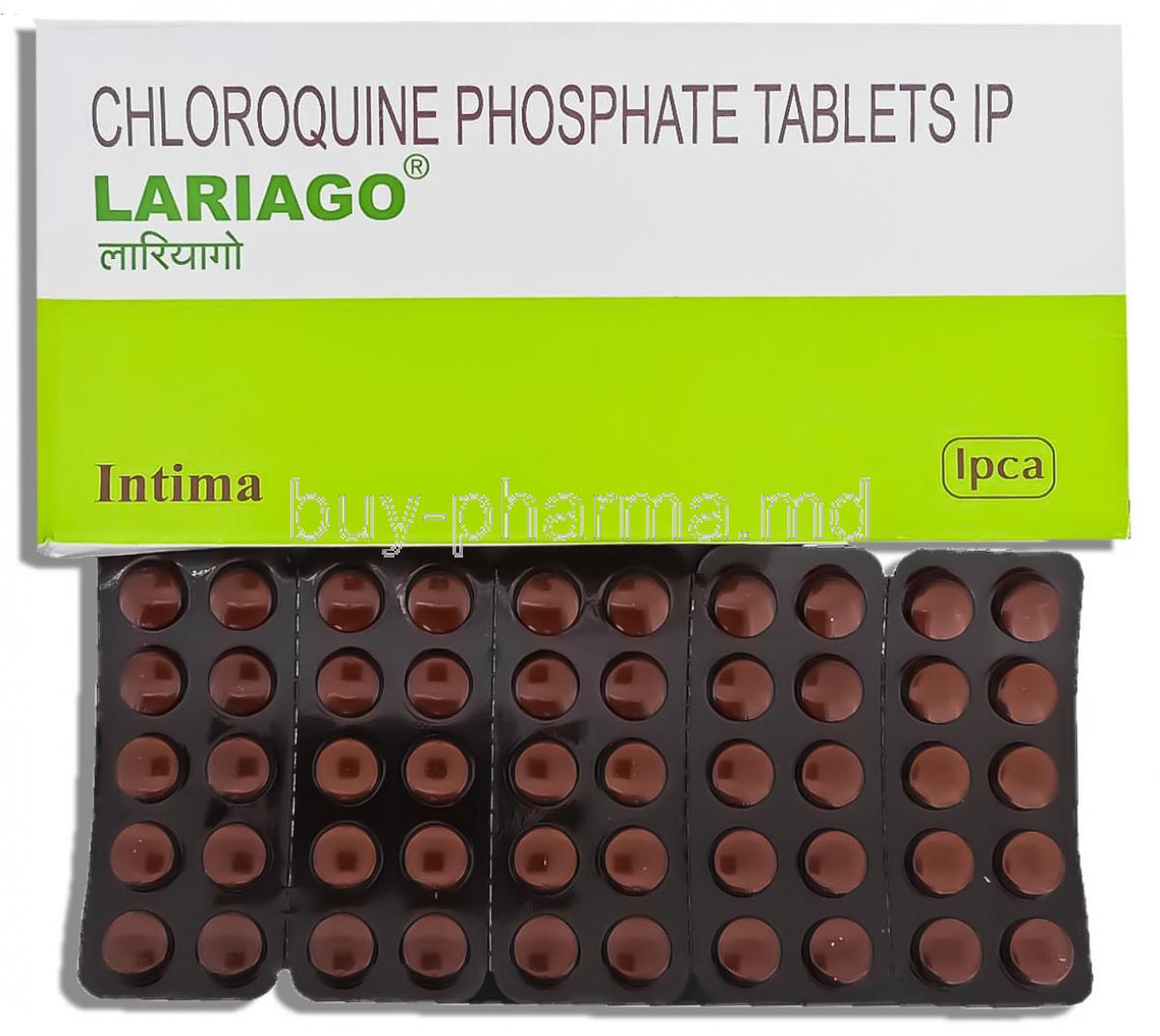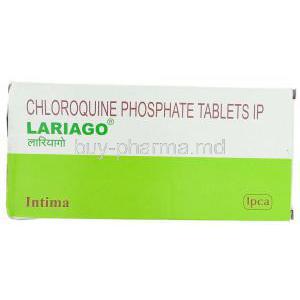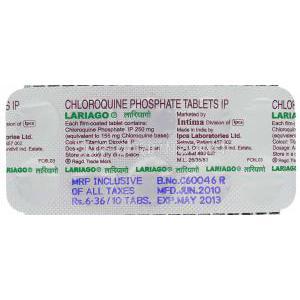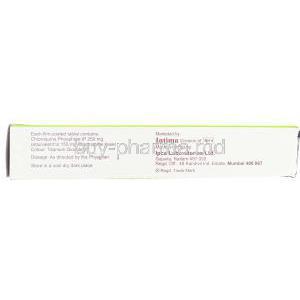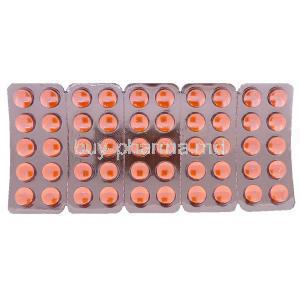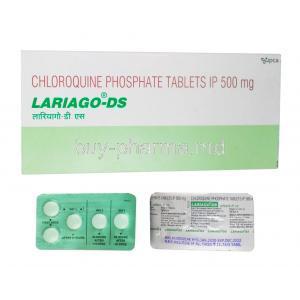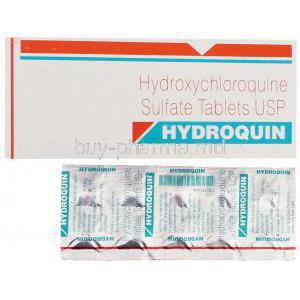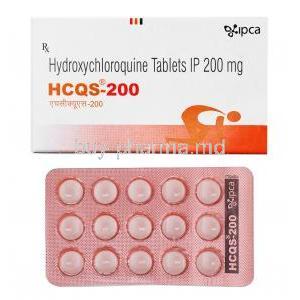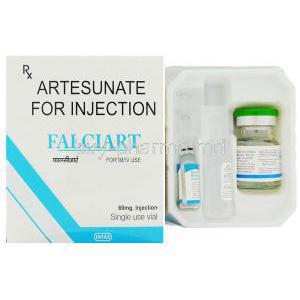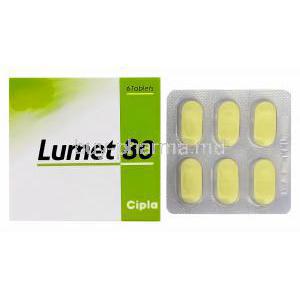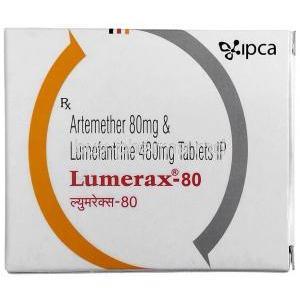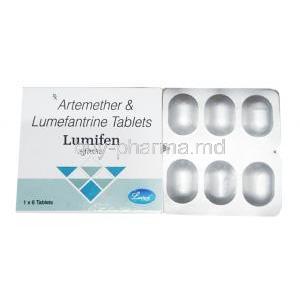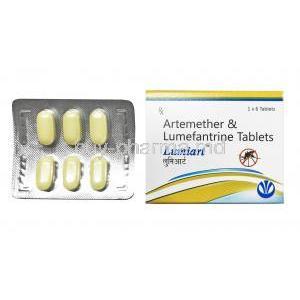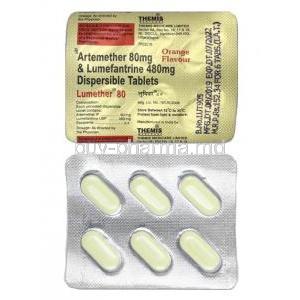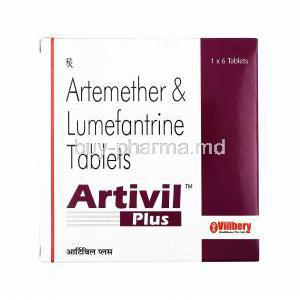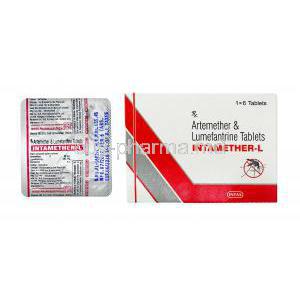Introduction
Overview of Lariago and Chloroquine Phosphate
Lariago, containing chloroquine phosphate as its principal active component, is a long-standing antimalarial medication. It has been employed globally for decades, both as a curative and preventive measure against malaria. Beyond malaria, its pharmacological versatility has led to applications in autoimmune and inflammatory conditions.
Historical background and development
First synthesized in the mid-20th century, chloroquine revolutionized malaria treatment by offering an effective, widely accessible oral therapy. Its introduction drastically reduced morbidity in endemic regions and became a cornerstone in global malaria eradication campaigns. Over time, research uncovered its diverse pharmacodynamic effects, expanding its therapeutic use beyond protozoal infections.
Global significance in malaria treatment and beyond
Despite resistance in certain malaria strains, chloroquine remains pivotal in treating specific forms of malaria such as Plasmodium vivax and Plasmodium ovale. It also continues to play a role in global health for its immune-modulating and antiviral properties, keeping it relevant in both infectious and non-infectious disease management.
Composition and Formulation
Active ingredient: Chloroquine Phosphate
The primary therapeutic agent is chloroquine phosphate, a synthetic 4-aminoquinoline derivative with strong antiprotozoal activity.
Available dosage forms: tablets, syrup, injection
- Tablets: the most common form for malaria prophylaxis and treatment.
- Syrup: suitable for pediatric and geriatric patients who have difficulty swallowing tablets.
- Injection: occasionally employed in hospital settings for acute, severe cases.
Excipients and inactive components
Formulations may include stabilizers, binders, and preservatives designed to enhance shelf life and ensure consistent pharmacokinetic performance. These excipients vary by manufacturer but play no therapeutic role.
Mechanism of Action: How Lariago Works
Action against malaria parasites (Plasmodium species)
Chloroquine accumulates within the parasite’s food vacuole, disrupting heme detoxification. This leads to toxic heme accumulation, resulting in parasite death and clearance from the bloodstream.
Antiviral and anti-inflammatory properties
Chloroquine alters endosomal pH, interfering with viral replication. Additionally, it reduces cytokine release, demonstrating anti-inflammatory effects valuable in autoimmune conditions.
Immunomodulatory effects in autoimmune conditions
By modulating antigen presentation and dampening inflammatory cascades, chloroquine provides symptomatic relief in diseases like lupus erythematosus and rheumatoid arthritis.
Approved Medical Uses
Treatment of acute malaria
Effective against Plasmodium vivax, Plasmodium malariae, and Plasmodium ovale. It rapidly clears parasitemia and alleviates febrile symptoms.
Malaria prophylaxis in endemic regions
Prescribed for travelers and residents in chloroquine-sensitive regions, offering protective suppression against infection when taken consistently.
Amebic liver abscess
Used as an adjunct therapy in extra-intestinal amebiasis, particularly when first-line agents are not available or contraindicated.
Rheumatoid arthritis and inflammatory conditions
Provides disease-modifying effects by decreasing joint inflammation and preventing structural damage when used in long-term regimens.
Lupus erythematosus
Chloroquine reduces photosensitivity, rash severity, and systemic manifestations, proving beneficial in both discoid and systemic lupus.
Off-Label and Emerging Uses
Chloroquine in viral infections
Explored for its antiviral action in conditions such as COVID-19, though its efficacy remains debated. Its mechanism involves interference with viral entry and replication.
Potential role in chronic inflammatory disorders
Investigated in sarcoidosis, chronic arthritis, and other systemic inflammatory diseases due to its immune-modulating properties.
Dermatological conditions
Applied in managing porphyria cutanea tarda and severe photosensitivity disorders, offering relief from light-induced dermatological flares.
Dosage and Administration
Standard dosage for malaria treatment
Typically administered as an initial high dose followed by tapering doses over several days to eradicate parasites completely.
Dosage for malaria prophylaxis
A lower, once-weekly dose is prescribed for prevention, starting before exposure and continuing after leaving endemic areas.
Dosing in rheumatoid arthritis and lupus
Chronic daily dosing at adjusted levels, significantly lower than antimalarial regimens, ensures disease control while minimizing toxicity.
Pediatric dosing guidelines
Weight-based calculations ensure safety and efficacy in children, with syrup formulations preferred for younger age groups.
Intravenous administration in severe malaria
Reserved for rare and life-threatening cases, administered under strict hospital monitoring due to higher risk of toxicity.
Duration of therapy and tapering considerations
Therapy duration depends on indication. Long-term use necessitates careful tapering to prevent rebound symptoms and reduce adverse effects.
Side Effects of Lariago
Common Side Effects
- Gastrointestinal disturbances such as nausea, vomiting, and abdominal discomfort
- Headaches and transient dizziness
- Pruritus, particularly prevalent in individuals of African descent
Serious Side Effects
- Retinopathy and ocular toxicity: progressive and potentially irreversible vision damage with long-term use.
- Cardiac conduction disorders: QT prolongation and arrhythmias in predisposed individuals.
- Hypoglycemia: significant lowering of blood sugar levels, sometimes leading to fainting episodes.
- Myopathy and neuromyopathy: muscle weakness and potential neurological complications with prolonged therapy.
- Hematological effects: rare cases of anemia, leukopenia, or thrombocytopenia requiring clinical monitoring.
Warnings and Precautions
Importance of baseline and periodic ophthalmologic examinations
Before initiating therapy, a comprehensive eye examination is strongly recommended. Chloroquine has the potential to induce retinal toxicity, and early detection is vital to prevent irreversible visual impairment. Periodic re-evaluations, typically every 6–12 months during long-term therapy, help ensure the timely identification of ocular changes.
Monitoring of cardiac function during long-term use
Electrocardiographic monitoring is essential in patients on prolonged treatment. Chloroquine may cause prolongation of the QT interval and precipitate arrhythmias. Regular assessment of cardiac rhythm, particularly in patients with pre-existing heart disease, reduces the likelihood of adverse outcomes.
Precautions in hepatic and renal impairment
As the drug is metabolized in the liver and excreted via the kidneys, patients with hepatic or renal dysfunction require dose adjustments. Monitoring of liver enzymes and renal markers should be carried out routinely to minimize systemic toxicity.
Avoidance of unnecessary long-term therapy
Prolonged, unwarranted exposure increases the likelihood of cumulative toxic effects. Therapy duration should always be tailored to the indication and discontinued when no longer essential.
Contraindications
Known hypersensitivity to chloroquine or related compounds
Patients with a documented allergy to chloroquine or related antimalarials should not receive Lariago. Re-exposure may lead to severe allergic reactions.
Pre-existing retinal or visual field changes
Retinal pathology increases susceptibility to drug-induced retinopathy. Treatment in such cases poses unacceptable risks of permanent vision loss.
History of cardiac arrhythmias or prolonged QT interval
Chloroquine can exacerbate conduction abnormalities. Patients with known arrhythmias or prolonged QT intervals are at heightened risk of life-threatening cardiac events.
Severe hepatic or renal disease
Marked impairment of liver or kidney function significantly alters drug clearance and amplifies toxicity. Such patients are contraindicated unless absolutely necessary, under strict monitoring.
Careful Administration and Special Considerations
Caution in patients with psoriasis or porphyria
Chloroquine may precipitate or worsen flares of psoriasis and porphyria. Use should be restricted, and alternative therapies should be considered whenever feasible.
Careful monitoring in individuals with seizure disorders
Seizure thresholds may be lowered. Regular neurological evaluation and cautious dosing are advised in epileptic patients.
Risk in glucose-6-phosphate dehydrogenase (G6PD) deficiency
In patients with G6PD deficiency, chloroquine may provoke hemolysis. Screening before therapy initiation is recommended in high-risk populations.
Administration in Special Populations
Elderly Patients: pharmacokinetic changes and higher toxicity risk
Age-related decline in hepatic and renal clearance predisposes elderly individuals to adverse drug accumulation. Lower dosages and vigilant monitoring are crucial.
Pregnant Women: safety profile in malaria treatment, teratogenicity considerations
Chloroquine is considered relatively safe during pregnancy when treating malaria, yet excessive doses may be teratogenic. Careful adherence to therapeutic ranges ensures maternal benefit without fetal harm.
Nursing Mothers: excretion in breast milk and infant exposure
Small amounts are excreted into breast milk. Though generally well-tolerated, close observation of infants is warranted, particularly with long-term maternal therapy.
Children: weight-based dosing, risk of accidental overdose
Dosages must be meticulously calculated according to body weight. Accidental ingestion in children is especially hazardous and may be fatal, necessitating secure storage out of reach.
Drug Interactions
Interaction with antacids and reduced absorption
Simultaneous intake with antacids diminishes chloroquine absorption, reducing therapeutic efficacy. A time interval between doses is recommended.
Concomitant use with other QT-prolonging agents
When combined with drugs such as antiarrhythmics, macrolide antibiotics, or certain antidepressants, the risk of QT prolongation escalates significantly.
Effects with cyclosporine and methotrexate
Chloroquine may elevate cyclosporine levels and potentiate methotrexate toxicity. Careful monitoring of drug concentrations and patient symptoms is essential.
Increased risk of hypoglycemia with antidiabetic medications
Concomitant therapy with insulin or oral hypoglycemic agents may cause severe hypoglycemia. Dose adjustments and regular glucose monitoring are advisable.
Overdosage and Toxicity
Clinical presentation of chloroquine overdose
Overdose manifests rapidly with cardiotoxicity, including hypotension and arrhythmias, as well as central nervous system symptoms such as seizures and coma. Even modest overdoses can be fatal, particularly in children.
Emergency management and antidotal therapies
Immediate gastric lavage, activated charcoal administration, and intensive supportive care are crucial. Intravenous diazepam and vasopressors may mitigate toxicity. No specific antidote exists.
Prognosis and long-term effects of overdose
Survivors may suffer from lingering visual impairment, myopathy, or cardiac dysfunction. Prompt intervention remains the determining factor for favorable outcomes.
Storage and Handling Precautions
Recommended storage conditions
Chloroquine tablets should be stored in a cool, dry environment, shielded from direct sunlight and moisture to preserve potency.
Safe handling and dispensing practices
Healthcare providers should dispense exact doses in child-resistant packaging. Proper labeling reduces the chance of dosing errors.
Precautions to avoid accidental ingestion by children
Given the high risk of pediatric toxicity, secure storage in locked cabinets is imperative. Even a single tablet may prove life-threatening for a child.
Important Precautions in Clinical Use
Regular monitoring of blood counts and liver function tests
Periodic laboratory testing allows for early detection of hematological abnormalities and hepatotoxicity, reducing the risk of irreversible damage.
Ophthalmologic examination schedule
Eye examinations should be conducted at baseline, then annually for low-risk patients, and more frequently for those on higher cumulative doses.
Avoiding abrupt discontinuation in autoimmune diseases
In conditions like lupus or rheumatoid arthritis, sudden withdrawal may exacerbate symptoms. Gradual tapering prevents rebound disease activity.
Patient counseling on adherence and toxicity warning signs
Patients should be thoroughly educated on the importance of adherence, potential adverse effects, and when to seek medical assistance. Key warning signs include visual disturbances, palpitations, muscle weakness, and severe hypoglycemic episodes.
Lariago, Chloroquine Phosphate FAQ
- What is Lariago chloroquine phosphate used for?
- What is chloroquine phosphate used for?
- How many days should chloroquine be taken?
- Can I take chloroquine on an empty stomach?
- What happens if you stop taking malaria pills early?
- What are the side effects of malaria pills?
- What are the side effects of chloroquine?
- When to take Lariago?
- How long do chloroquine side effects last?
- What stage of malaria does chloroquine treat?
- Is chloroquine a steroid?
- Does chloroquine cause sleeplessness?
- What to avoid while taking chloroquine?
- Can I take paracetamol and chloroquine together?
- Is chloroquine a poison?
- What is the use of Lariago tablet?
- When is the best time to take chloroquine?
- Is chloroquine good for fever?
- Who should not take chloroquine?
- Is chloroquine an anti-inflammatory?
- Can you buy chloroquine OTC?
- Does chloroquine make you tired?
- What is the toxic effect of chloroquine?
What is Lariago chloroquine phosphate used for?
Lariago is a treatment for malaria, working to eliminate the parasites that cause the disease. By killing these parasites, it helps stop the infection from progressing and reduces the risk of complications. It's also used as a measure, making it a valuable tool in the fight against malaria.
What is chloroquine phosphate used for?
Chloroquine phosphate is a medication that's essential for preventing and treating malaria. It's also effective against amebiasis. The way it works is by targeting the organisms that cause these diseases, essentially killing them off.
How many days should chloroquine be taken?
Adults—1000 milligrams (mg) once a day, taken for 2 days.
Can I take chloroquine on an empty stomach?
Yes
What happens if you stop taking malaria pills early?
Infection might still linger after treatment and there's a risk the parasites will become resistant to the medications used to fight them.
What are the side effects of malaria pills?
Stomach pain, nausea, vomiting, and headache
What are the side effects of chloroquine?
Common side effects include nausea, vomiting, diarrhea, stomach pain, and headache.
When to take Lariago?
Take it with food to decrease the risk of stomach upset.
How long do chloroquine side effects last?
1-2 weeks
What stage of malaria does chloroquine treat?
This particular medication is effective against malaria because it targets the parasite when it is in the blood cell, specifically going after the form of the parasite.
Is chloroquine a steroid?
No
Does chloroquine cause sleeplessness?
No
What to avoid while taking chloroquine?
Grapefruit or grapefruit juice
Can I take paracetamol and chloroquine together?
Yes
Is chloroquine a poison?
This drug seems to be pretty toxic to the heart, weakening its function and leading to heartbeat irregularities, like arrhythmias. It essentially interferes with the hearts operation reducing its output and disrupting the way it conducts electrical impulses.
What is the use of Lariago tablet?
The Lariago Tablet is a medication used to combat malaria.
When is the best time to take chloroquine?
At breakfast
Is chloroquine good for fever?
No
Who should not take chloroquine?
Chloroquine isn't suitable for patients with problems related to their retinas or vision, except when it's being used to treat a case of acute malaria. Additionally, people with a known sensitivity to hydroxychloroquine should avoid taking chloroquine.
Is chloroquine an anti-inflammatory?
It has anti-inflammatory properties.
Can you buy chloroquine OTC?
Yes
Does chloroquine make you tired?
Yes
What is the toxic effect of chloroquine?
Wide QRS complexes, ventricular fibrillation, and hypokalemia

